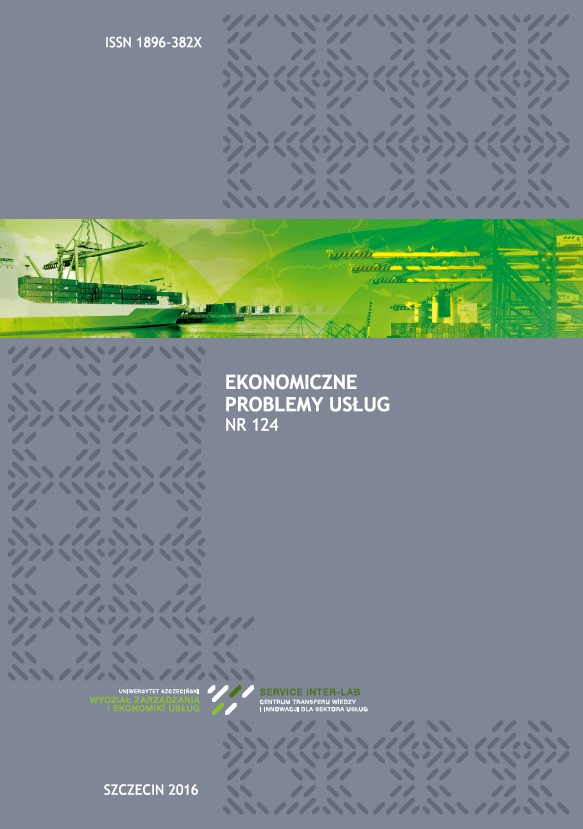Technical requirements for inland navigation ships to transport compressed natural gas
Technical requirements for inland navigation ships to transport compressed natural gas
Author(s): Wojciech Ignalewski, Joanna SękSubject(s): Economy, National Economy, Business Economy / Management
Published by: Wydawnictwo Naukowe Uniwersytetu Szczecińskiego
Keywords: inland vessels; ship design; CNG
Summary/Abstract: One of the most important aspects in inland waterway transport is to deal with the issues of construction both transport and entire transportation systems. According to the Inland Navigation Offices in Poland, in the period 2001‒2014, there were 350 accidents on national inland waterways. The main reasons for them are: human factor, hydrological conditions, and technical faults. The main effects of the accidents include hull damage caused by collisions and ship grounding. In order to prevent shipping accidents, the European Union countries worked out procedures for tightening the technical requirements for vessels, especially for the vessels carrying dangerous goods, including compressed natural gas (CNG). In this paper, the authors analyzed the approach to ship design, and proposed the research methods that can be used in order to eliminate the risk of extreme situations in inland waterway shipping. At the stage of determining the initial technical assumptions, transport tasks should be specified which include the supply of CNG, analysis of similar vessels data, and preparation of the list of requirements regarding the selection of parameters and main dimensions of vessels. The selection of parameters and the main dimensions are usually made on the basis of the studies results of existing vessels. The results of the analysis concerning operating parameters of inland waterways are obtained by using statistical methods. Generally, researches are concerned with defining the main dimensions of inland vessels, block coefficient, main engine power, the masses of the ship, and their displacement. The probability of the damage to the ship’s hull during CNG tanks transport on the fairway can be estimated on the basis of the likelihood of an emergency. While analyzing the factors affecting the size of the Net Present Value (NPV), methods, investment growth, and the pricing principles traditionally provided in transport services should be taken into account. The amount of the estimated costs of compensation for the analyzed transport system primarily depend on the reliability of units used to transport CNG tanks and the area of providing services.
Journal: Ekonomiczne Problemy Usług
- Issue Year: 124/2016
- Issue No: 3
- Page Range: 115-124
- Page Count: 10
- Language: English

